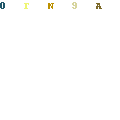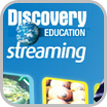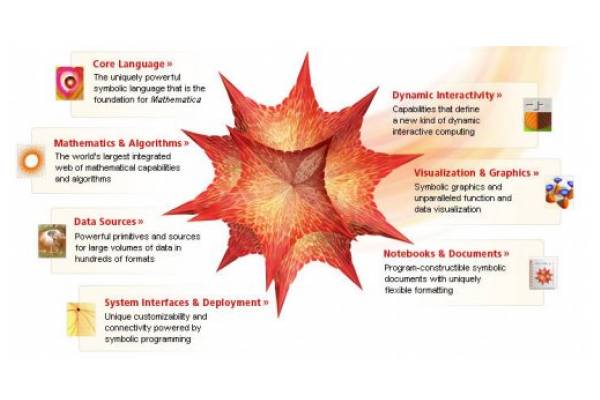The possibilities of student blogging
The idea of using quad-blogging allows four classrooms to become better writers and commenters with an authentic audience. I like the concept of using quad-blogging. Students take turns being a writer and commenter every week is great technique using digital citizenship. Students improve their own writing skills and become curators at the same time. Students develop ways to blog by using creative expression, transforming their writing, and making connections and learn to write for a purpose. This blog is something I will use in my classroom to asses my students writing abilities in the classroom.
The teacher has a responsibility of making that connection from their own personal networking and own blogs, so students can use a platform to help them. Students can make a reflection on the first time writing a blog to now and enjoy interacting with other students. I agree that commenting is a way to start a conversation with the person you want to blog with. This allows the blogger to provide feedback from the comments received and make edits and revise to develop a quality blog post. When commenting you should make sure to make a connection. I learned how to write a good quality through practicing and drafting my work. The blogging platform allows learning and reflecting experiences. The experiences of receiving feedback from an authentic audience gives students engagement and a platform to start blogging.
Documenting for Learning
July 1, 2014, Ms. Silvia Tolisano wrote how documenting is for learning. Documenting can be used as professional development for teachers and students can become digital citizens using the images they find. I have a different perspective on documenting now. I agree taking videos, photos, screen captures are ways of extending my learning. It has helped me blog better as a writer by having a image to make a visible picture to express the way I remember the content. I really enjoy the thoughts and ideas you share in your blogs. Students are show ownership, creative and deep thinking. I have developed some new techniques as writing should be fun. I strongly feel documenting allows the reader and writer to a story. Storytelling is a great way to be creative in describing narrative works. Students and teachers can be flexible into the creating a visible picture. I didn't know capturing photos, a video, and notes can bring a collaboration ideas.
Documenting for Learning
July 1, 2014, Ms. Silvia Tolisano wrote how documenting is for learning. Documenting can be used as professional development for teachers and students can become digital citizens using the images they find. I have a different perspective on documenting now. I agree taking videos, photos, screen captures are ways of extending my learning. It has helped me blog better as a writer by having a image to make a visible picture to express the way I remember the content. I really enjoy the thoughts and ideas you share in your blogs. Students are show ownership, creative and deep thinking. I have developed some new techniques as writing should be fun. I strongly feel documenting allows the reader and writer to a story. Storytelling is a great way to be creative in describing narrative works. Students and teachers can be flexible into the creating a visible picture. I didn't know capturing photos, a video, and notes can bring a collaboration ideas.































